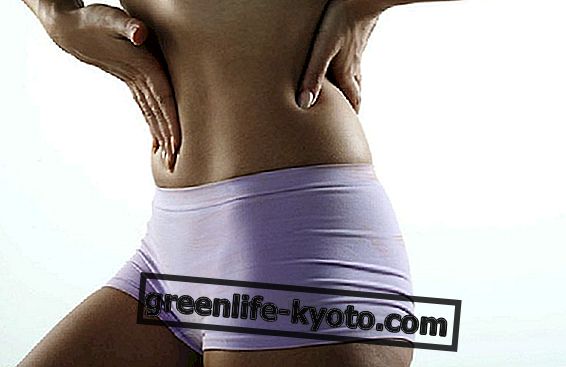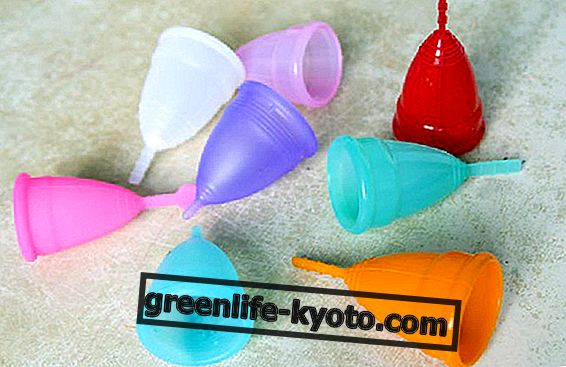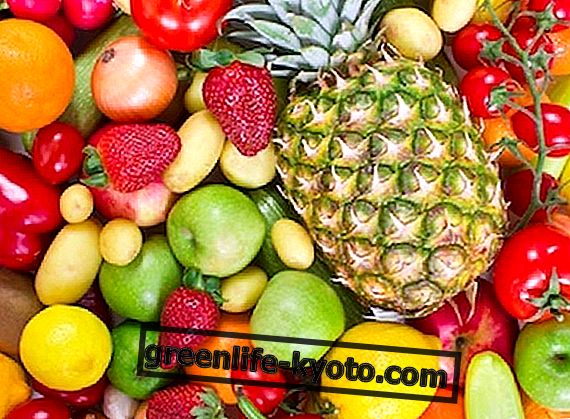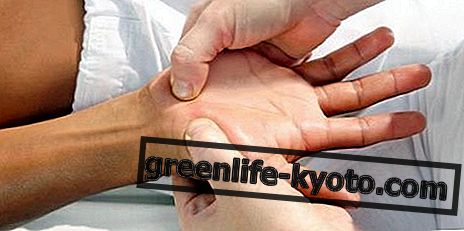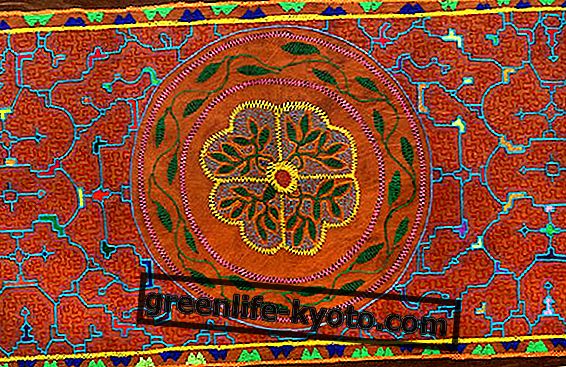
Ku Nye
The Ku Nye belongs to a precise category of the body of traditional Tibetan medicine, that of the application of external therapies . In fact, the Tibetan medical system divides its knowledge into four basic categories: the therapeutic diet, the modification of incorrect life habits, the use of medicinal herbs and external therapies. Among these, in addition to the Ku Nye, there are moxibustion, therapy with the stick technique, cupping, acupuncture, bloodletting, balneotherapy, massages with stones and shells and the use of hot or cold tablets.
The Ku Nye has its historical roots within the ancient kingdoms of Tibet. For almost 4000 years, the Tibetan people have been practicing the Ku Nye by applying specific oils and substances extracted from the butter to intervene on the imbalances and on the constitution of the subject, using tree twigs, sticks and stones . An integral part of the therapy is the pressure exerted on different parts and points of the body in order to restore the individual's state of health and well-being.
Etymology. This division of the treatment is also found in the etymology of the expression " Ku Nye" . Literally, Ku is going to 'apply' or 'anoint' the body with therapeutic oils that are allowed to be absorbed by the epidermis, while Nye refers to the actual massage. Traditional Tibetan massage techniques include different methods such as kneading, rubbing and pressure on muscles and tendons, as well as acupressure on specific points.
Traditional Tibetan massage
The Nye massage can be broken down into three different phases .
The first of these, called Ku, consists of applying hot oil. Herbs and spices are often added to this. During this first phase, maneuvers are practiced in order to produce heat capable of penetrating the oil and other substances through the epidermis.
Nye is the actual massage phase. It starts with the hair and the head. It proceeds all along the body rubbing muscles and tendons. This type of massage is practiced with the fingers and the palms of the hands. Sometimes the elbow or forearm is also used. The purpose of the massage is to dissolve the body and its tensions, eliminating the so-called 'armor' of the subject, to allow a new flow of energy and vitality.
Phyis, or Chi, defines the last part of the treatment, consisting in the application of flour to remove previously applied oil. Barley or chickpea flour is used.
Benefits of the Ku Nye
In several ancient Tibetan texts, such as the Bum Shi and the Gyud Shi (the four tantra of Tibetan medicine), the beneficial effects on the functions of rejuvenation and rebalancing of the person produced thanks to the Ku Nye technique are reported. The use of this art is effective in alleviating common pathologies of nervous origin such as anxiety, depression and insomnia. Although its main purpose is the restoration of vitality and the correct flow of energy linked to it, the Ku Nye is able to eliminate the excess of toxins stored by the body, as well as to alleviate and reduce various types of pain and pain syndromes .
